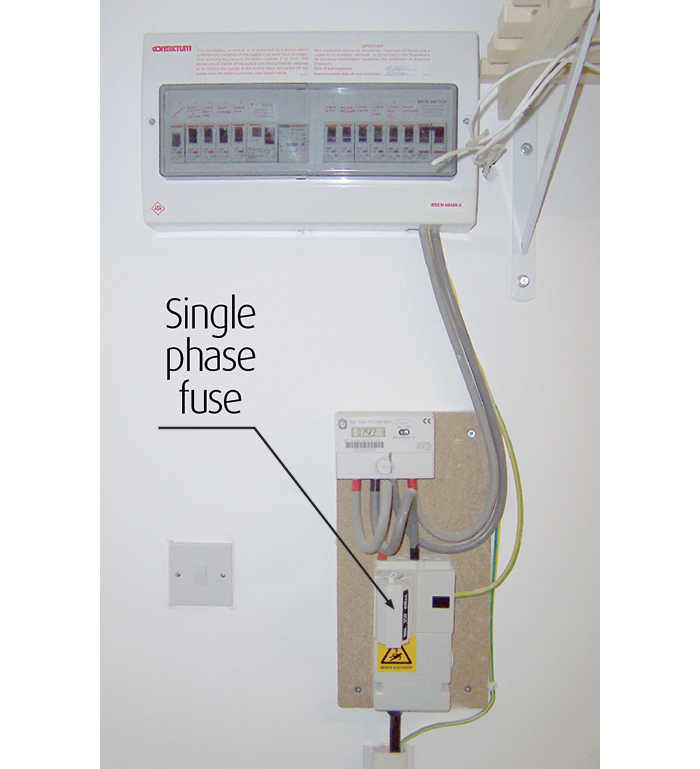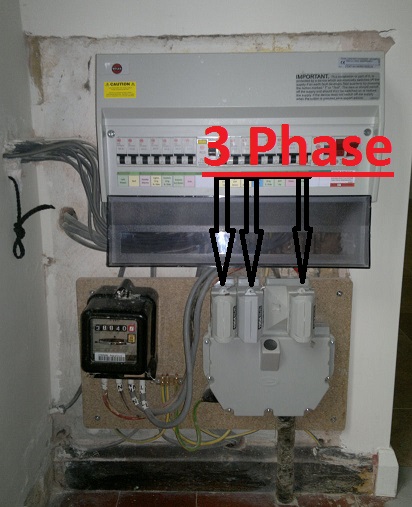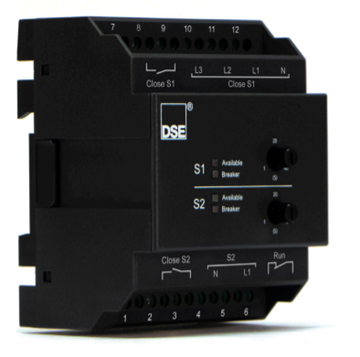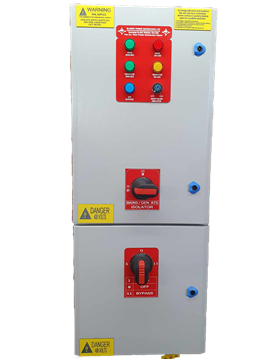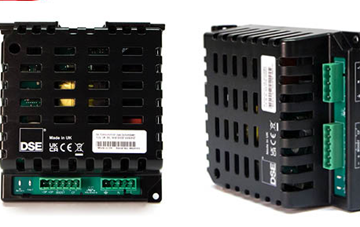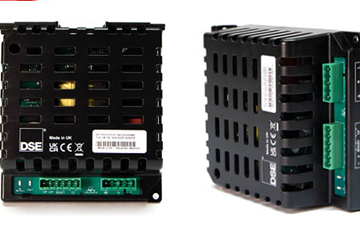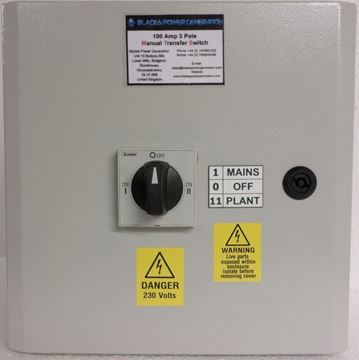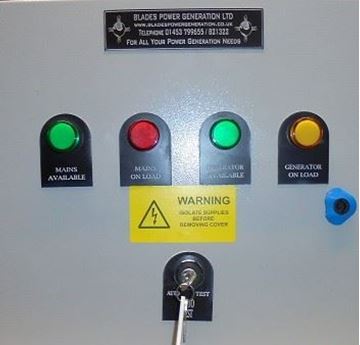It seems that more people these days are investing in a standby generator in order to provide electricity to the home or business when the mains power goes down. This happened quite a bit recently in Scotland with all the storms that we have been having. There seems to be no doubt that climate change is an issue, and that means that those storms could become more frequent. This writer is old enough to remember the Great Storm of 1987 when our home was without power for 13 days! Fortunately, we had an oil-fired Aga cooker. If we hadn’t, we would have been in serious trouble.
In addition, of course, there is the threat of a lack of gas supply coming from Russia, and this could be used as a weapon by Vladimir Putin.
So, it makes sense to many people to have a standby generator to step in when the mains power fails. But how does the generator work?
Most generators run on diesel, and they can be started either manually or automatically when the power fails. Every generator must have either a manual transfer switch or an automatic transfer switch.
If you have a manual transfer switch you need to manually turn a handle or alternative lever to switch from the mains to the generator and then start the generator by hand as well.
Required By Law
In fact, a transfer switch is required by law in every country when you install a generator at a premises that has a mains supply. This is for two main reasons, one being that it stops the mains power coming into contact with the generator when the power is restored, which would almost certainly burn out the generator.
More importantly, it prevents the generator from back feeding the mains when it has failed which could endanger the lives of the electricity utility workers.
So, you switch from mains to generator manually and then go and start the generator. When the power is restored, you would then switch off the generator and manually switch back to the mains.
While a manual transfer switch is cheaper than an automatic one, the latter does have certain advantages. Apart from anything else, it is much faster, because it automatically starts the generator and then switches to it in seconds. If you are not on the premises when the mains fails and you use a manual switch, then you are without power until somebody returns and switches over.













